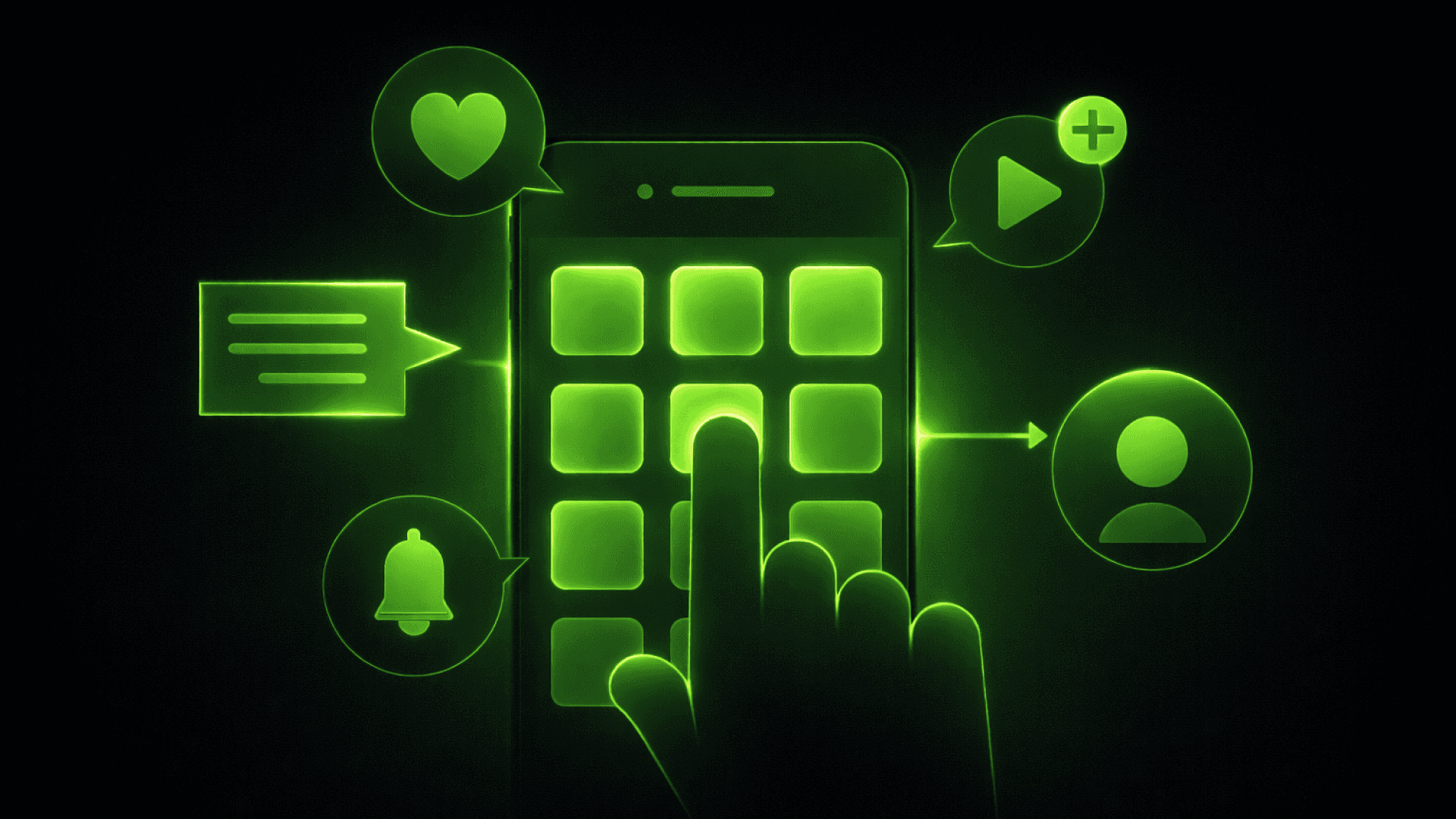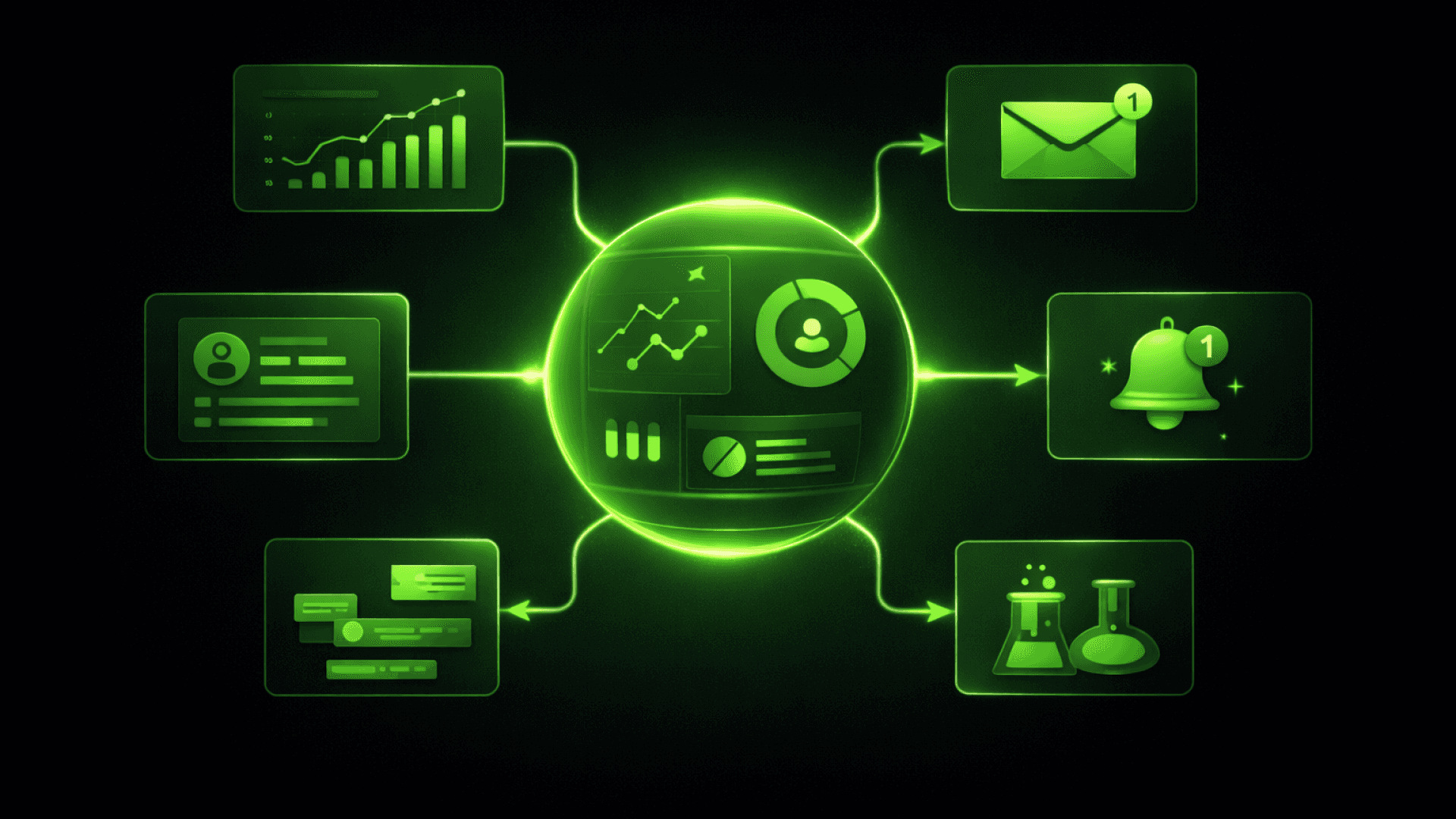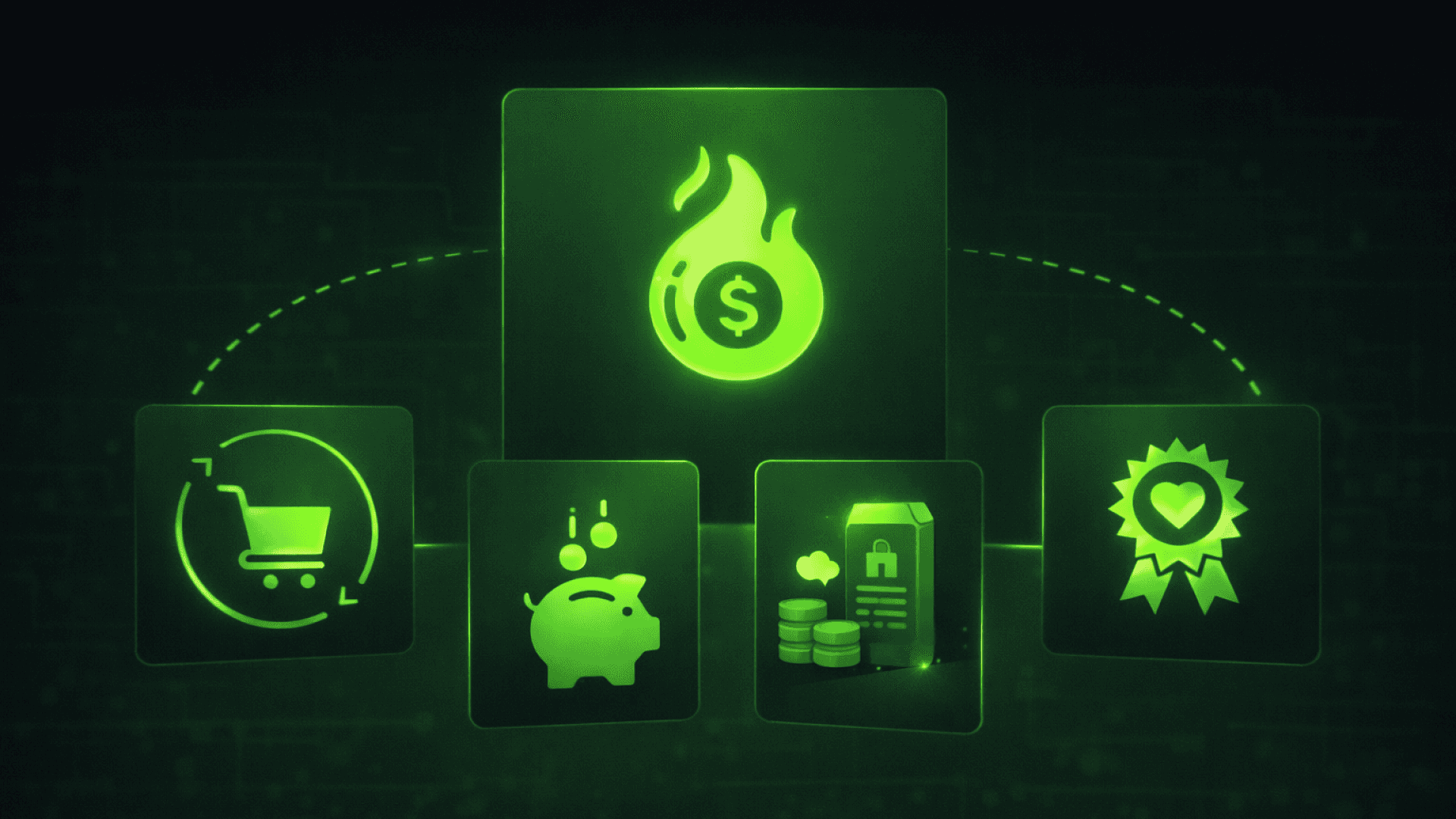Not all crypto is about investing. Some tokens just want to get you through the door.
In a space obsessed with moon-charts, Discord drama, and the occasional rug pull, utility tokens are... a little boring. And that’s a compliment. They’re built to work, not to wow. They unlock services, trigger features, and streamline access. Think of them like subway cards for Web3 — swipe in, ride forward.
And here’s the kicker: 2025 might finally be their year.
Let’s dig into what they are, how they function, why they matter, and how not to mistake them for something they’re not. Whether you’re crypto-curious or deep in DAO drama, this guide is for you.
What is a Utility Token?
Forget the spreadsheets for a second. Think of your Spotify account. You’re not buying shares in music. You’re paying to listen. Now imagine that access wasn’t tied to dollars but to a piece of code in your wallet. That’s a utility token.
In crypto, these tokens aren’t about speculation (though some get caught in it). They are about function. You hold one because it unlocks something: a feature, a space, a perk.
Let’s say you’re using a decentralized cloud storage platform. You want more space? You send their utility token. No account rep, no monthly bill. Just a bit of code talking to another bit of code.
Utility tokens don’t promise equity. They won’t let you vote on the CEO’s bonus. And if they had a motto, it might be: "Here to do the job, not headline the party."
Security tokens? Investment-grade, regulation-heavy, suit-and-tie stuff. Governance tokens? Great if you enjoy forums and emoji-based voting. Utility tokens just want to keep things moving. They’re the backstage pass. The preloaded arcade card. The all-access wristband that works without making a scene.
Key Characteristics of Utility Tokens
They don’t sit still; rather, they circulate. That’s the point.
Access-oriented. You use them to get into something or unlock it.
Non-investment. They're not equity. They're not shares. They're digital tools.
Flexible. They can represent storage, discounts, priority access, or in-game functions.
Light on regulation. Most aren’t considered securities (yet), which makes them easier to issue and use.
Their job is utility. Their superpower? Being overlooked. Until they’re not.
Examples of Popular Utility Tokens
Not all tokens become memes. Some do the work.
BNB (Binance Coin): Started as a way to pay less on Binance trading fees. Now it's your passport to launchpads, payment gateways, and travel perks. The pocketknife of centralized exchange tokens.
BAT (Basic Attention Token): Watch ads on Brave Browser? Earn tokens. Spend them to support creators or skip the noise. It’s the attention economy, tokenized. Welcome to a world where your eyeballs actually matter.
AXS (Axie Infinity): Part currency, part governance, part monster-breeding fuel. If you’ve been inside Axie, AXS was there every step — feeding, fighting, fleeing. It’s messy, but that’s the point.
MATIC (Polygon): The janitor of Ethereum. Keeps it clean. Cheaper gas, faster transactions, smoother UX. It doesn’t beg for your attention — it just shows up on time and mops up the mess.
These tokens aren’t screaming for your wallet. They’re already working behind the scenes.
How Utility Tokens Work
Utility tokens run on code. Specifically, on smart contracts, which are self-executing pieces of logic on a blockchain.
Let’s say you want to mint an NFT skin in a game. You send in a utility token. The contract checks: Do you have enough? Are the conditions met? If yes: done. No approvals, no waiting. It’s like tapping your phone at the subway gate and walking through.
The same logic applies to:
Unlocking DeFi dashboards
Paying for decentralized storage
Accessing premium AI tools
Bypassing paywalls in Web3 content platforms
Tokens are the trigger. Contracts are the response. Together, they remove the middleman and the friction.
Smart Contracts and Utility Tokens
Picture this: you scroll into a decentralized marketplace. You find an item behind a gate. No signups. No card. Just a "Pay with Token" button. Click. Done.
That was a smart contract recognizing your utility token and flipping a switch.
These contracts live on-chain. They listen and execute. You send value, they check logic, and if the stars align, they deliver.
It’s not UX magic. It’s pre-written code meeting a pre-defined trigger. Your token is the match. The contract? The fuse.
Token Distribution Models
So, how do these little digital passes make their way into your wallet in the first place? Not by magic. Not always by choice. But usually with a bit of flair.
ICOs — The Wild West Days: Initial Coin Offerings were the original party trick. You build hype, toss up a countdown timer, post a slick whitepaper, and watch the ETH roll in. It worked. Until it didn’t. Regulation caught up, scams abounded, and suddenly, "ICO" felt a little too much like "I Can’t Operate."
IDOs — Same Game, Less Suits: Initial DEX Offerings took the premise of ICOs but plugged it straight into decentralized exchanges. No suits, no middlemen. Just tokens going live, fast and free. It’s like launching a startup directly on Reddit — chaos, but democratic.
Use Cases of Utility Tokens in 2025
Gaming: More Than Just Points
Let’s start with the obvious arena: games. In Echo Core, you can’t join elite raids without the right token. In Shard Protocol, you burn tokens to access lore-heavy missions or mint one-off weapon skins. These aren’t just in-game currencies — they’re how you exist in the game world.
And the value isn’t always in the marketplace. Sometimes, it’s social. Flashing a rare token can mean status. Or entry into private lobbies. Or early access to experimental mechanics the devs haven’t even shipped globally yet.
DeFi: The Grease in the Machine
In DeFi, utility tokens are less about flair and more about oiling gears. They pay for governance rights (GMX), reduce fees (Balancer), or unlock pro-mode dashboards (Pendle). They’re like the API keys of finance — silent, essential, invisible until they stop working.
Sometimes, they’re tied to incentives: staking a utility token might get you boosted yields or whitelist access. Other times, they're loyalty signals. The longer you hold, the more features you unlock. Like leveling up, but with spreadsheets.
AI: Access Tokens for Intelligence
2025 is the year AI stopped being a buzzword and started needing boundaries. And guess what’s helping set them? Yep — utility tokens.
Some platforms now tokenize access to models. Want to generate with a fine-tuned GPT variant trained on legal databases? You’ll need $LAWYT. Want to tap into a biotech model that’s constantly retrained on real-time journals? Better hold $GENOM. The idea: tokens gate compute. Not just for monetization, but for ethical throttling and user segmentation.
Metaverse & Identity: Who You Are, Tokenized
In metaverse platforms like VIREA, owning certain tokens is the difference between wandering and building. Need to rent land? Token. Want to host a branded event? Token. Want to change your avatar’s skin to something not available in the base collection? Yep. Token.
It’s not just cosmetic. It's protocol-level permissions. Identity systems are also going token-first. Instead of logging in, you just sign. The token in your wallet says who you are, what you’ve earned, and what you’re allowed to do. Kinda like a digital passport — minus the airport lines.
Loyalty, But Make It Web3
Loyalty programs have always been awkward. Punch cards. Reward points. That one app you downloaded to get 10% off and never opened again. Now? Utility tokens are giving web3 loyalty platform a real use case.
That actually feels rewarding. Engage authentically — comment, participate, refer — and you earn tokens. Redeem them for features, influence, or even partial governance rights. Fewer plastic cards. More digital equity.
One community manager called it “gamified belonging.” That’s about right.
Utility Tokens vs. Other Crypto Assets
Crypto isn’t short on acronyms. And tokens? There are more types of sandwiches than at a vegan brunch. So let’s line them up:
Token Type | Purpose | Regulated? | Control |
|---|---|---|---|
Utility Token | Access & features | Rarely | You use it |
Security Token | Investment asset | Heavily | You own a stake |
Governance Token | Protocol decisions | Sometimes | You vote |
Think of it like this:
Utility tokens open the door.
Security tokens own the building.
Governance tokens decide what color the lobby should be.
Mix them up, and you’ll either annoy a lawyer or accidentally buy the wrong thing.
Benefits and Risks of Using Utility Tokens
Let’s be clear: utility tokens aren’t magic beans. But they do solve real problems. When done right, they reduce friction, remove intermediaries, and make the experience... better.
Benefits
No login flows — Wallet in, action done.
Programmability — Behavior baked in. Set conditions, time limits, dynamic rules.
Lower costs — Cut out platforms and processors.
UX magic — The thing just works, often invisibly.
In some ecosystems, they even become identity markers. Owning a token signals you belong, that you’re early, that you’ve earned your spot.
Risks
Volatility — Token worth $5 today, $0.05 tomorrow.
Rug risk — If the platform vanishes, so does the reason for the token.
Regulatory murk — Some countries treat them like securities. Others don’t.
UX fragmentation — Not every app supports every token.
Net-net? Utility tokens are power tools. Great in skilled hands. Dangerous in hype cycles.
The Future of Utility Tokens in Blockchain Ecosystems
Here’s what’s wild: In a few years, utility tokens went from fringe concepts to protocol glue. They’re not just digital coins. They’re becoming:
Access tiers
Moderation signals
Payment proxies
Identity layers
In AI, they’ll define who gets access to what compute. In gaming, they’ll signal in-world social rank. In content, they’ll let you bypass ads without subscriptions.
That’s where utility tokens become more than access. They become infrastructure, not as collectibles, but as active links between services. Less about “owning,” more about what they let you unlock, trigger, or streamline.

Then there’s the loyalty frontier. Projects like Enable3, a Web3 loyalty platform, are rebuilding reward systems from scratch: no more plastic cards or half-hearted point apps. Instead, users earn utility tokens for real engagement — and trade them for access, perks, or even governance influence. Loyalty — but with something you can actually use, not just collect like arcade tickets.So where’s it all going? Utility tokens are blending into the infrastructure — not as collectibles, but as active links between services. Less about “owning,” more about what they let you unlock, trigger, or streamline.
Conclusion
So, utility tokens — hype or actually helpful? Hopefully, it’s starting to click. They’re not some overnight-money scheme or crypto magic. More like digital tools — useful, changing, sometimes easy to miss.
You’ll see them pop up in all kinds of places: unlocking stuff in games, helping you vote in Web3, saving you fees in DeFi, even giving access to AI tools.They’re not loud about it — but they’re doing real work behind the scenes.
If you’re new to all this, here’s the simple part: you don’t need to be deep into crypto to get why they matter. Just know what the token is for, how it fits into the bigger picture, and keep it somewhere safe.
The space keeps shifting — fast. But maybe that’s the point. Utility tokens don’t stand still. They adapt. And that might be exactly what makes them so powerful.
FAQs
What is the purpose of a utility token?
At its core, a utility token gives you access to something — a feature, a tool, a space. You’re not holding it to own a piece of a company or speculate (though that happens too); you’re holding it because it unlocks stuff.
Are utility tokens considered investments?
Technically? No. Utility tokens aren’t designed to be investment vehicles — they’re more like access passes or digital credits. But here’s the twist: in real life, people do buy and hold them with hopes they’ll go up in value. So while they’re not securities, the market doesn’t always behave accordingly.
Can utility tokens increase in value?
Yes — often unpredictably. If a project using the token grows in popularity, demand might spike. Supply could stay fixed. Value goes up. But the reverse is just as likely. Unlike traditional investments, the value here rides on utility and user adoption. You’re betting on usefulness, not dividends.
Where can I buy utility tokens?
Most utility tokens live on crypto exchanges — both centralized ones like Coinbase or Binance, and decentralized platforms like Uniswap or PancakeSwap. Just connect a wallet, do your research, and check you’re not buying a random meme coin with the same name. It happens more than you'd think
Upgrade Loyalty Without Crypto Complexity
Enable3 lets you launch gamified, token-powered missions that drive real behavior








